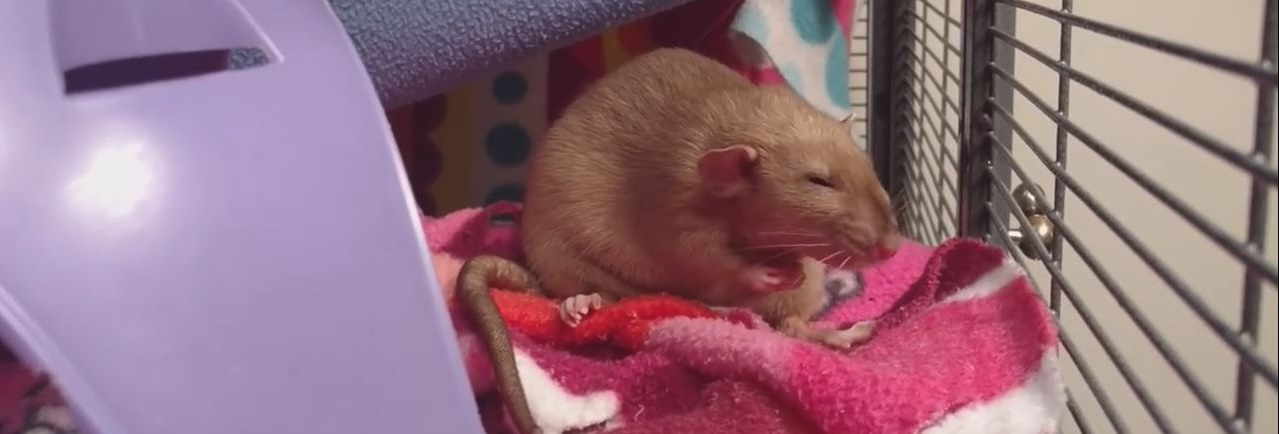Why do rats have tails?
A rat’s distinctive tail is one of the ways we recognize them, but why do they have that long hairless tale? There are a number of scientific reasons that nature let the rat evolve that particular appendage.
Rats use their tails as a means of balancing. It is much like the pole used by a circus performing walking a tightrope. The tail is moved up, down, back, and forth to keep the rat’s center of gravity stable and thus keep it from falling. As it runs along a ledge or rope, it will flick its tail continuously to keep its balance. The tiny stubby hairs along the tail are tensed or relaxed to aid in correcting balance as they run. When eating they position themselves over the container so that their tail acts like an extra leg giving them the sturdiness of a tripod, or curls under the container allowing them to adjust their center of gravity.

Their tails are also used to help regulate their body temperature. Rats have no sweat glands like humans to help them cool off, nor can they pant like a dog. A rat has groupings of many specialized blood vessels along its tail, which controls the amount of blood flow it receives. As the heated blood flows into the fine haired tail it carries the heat from the rat’s body down its length. The heat is then radiated out from the rat’s tail allowing it to cool off. This is perfect for the rat because they tend to become seriously overheated. This thermoregulatory function is a result of vasodilatation. This means that blood vessels become enlarged and move toward the surface of the tail allowing the heat to be blown away. The rat can get rid of 10 to 20 per cent of its metabolic heat using this method. In the same way, slowing down the blood flow to its tail can drastically reduce heat loss during cold weather. A side note to this fact is that the length of a rat’s tale is determined in part by the temperature of the environment in which it is born and raised.
The next time you see a rat, even if you are frightened or appalled that it is in your space, you should take a minute or two to marvel at the wonder of nature that is performing in front of you. Watch as is silently glides across a ledge or line and notice how it body and tail move in accord with each other. Even if it falters, it will quickly catch itself and regain its balance. If it is asleep or hiding, note that its tail is probably sticking out –to keep it from overheating in a closed space. Rats are not perfect houseguests, and you certainly do not want them running around your home, but they are an interested part of the world we live in.
Read the How to get rid of rats page for helpful information and to learn more about Why do rats have tails?
Why do rats have tails?

